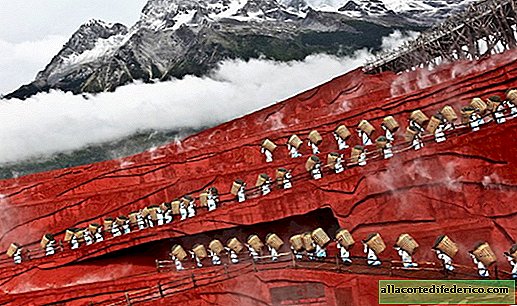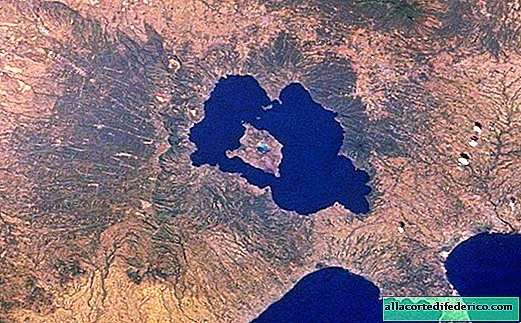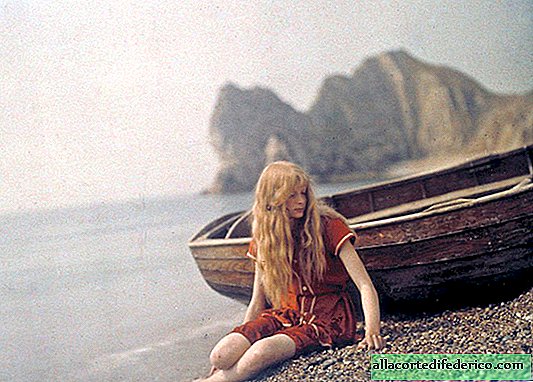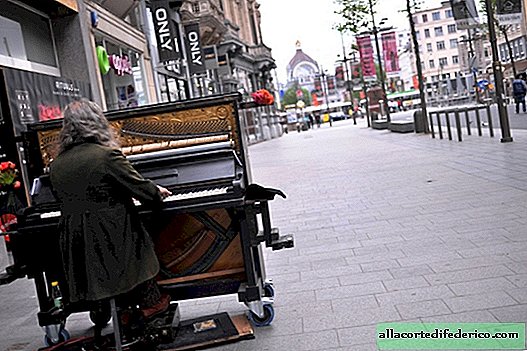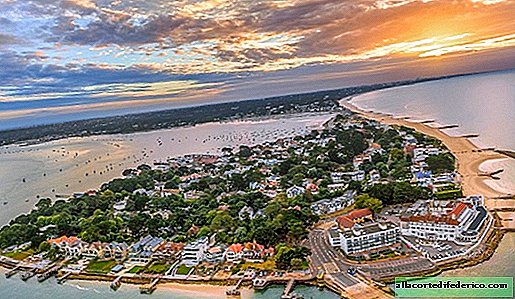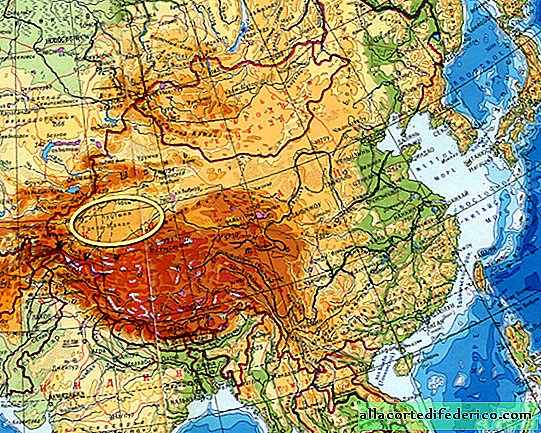How pontoon bridges are built in India for millions of pilgrims celebrating Kumbh Mela
In the coming year, from January 15 to March 4, a Jug Festival, Kumbh Mela, will be held in India. This is the world's largest religious event, involving the massive pilgrimage of Hindus to the shrines of Hinduism. It is held every 6 or 12 years. Just imagine, about 100 million people will gather at the city of Allahabad, at the confluence of the three sacred rivers: the Ganges, Yamuna and Saraswati, to make a mass ablution. And so that so many people can easily reach their destination, pontoon bridges are built for them. Let's see how exactly this is done in India.
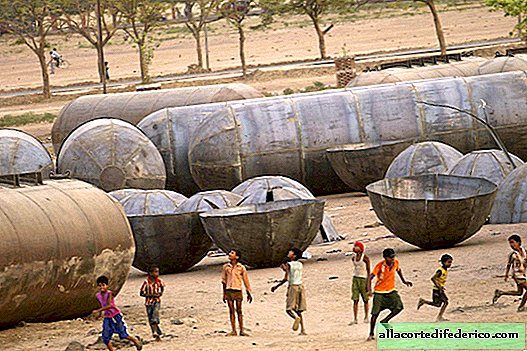

First of all, it is worth mentioning that everything here is done manually.



A wooden floor is laid over the pontoon bridge.

To prevent the bridge from floating away, pontoons are tied with ropes.

Such bridges are able to withstand the enormous weight of both transport and a large number of people. Their only drawback is a significant dependence on wind, waves and water level.



Take a look at how the pilgrimage across the pontoon bridges looked in previous years.







